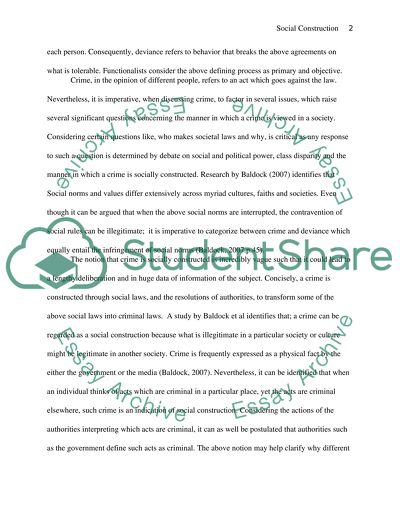Cite this document
(“SOCIAL CONSTRUCTION OF CRIME AND DEVIANCE Essay”, n.d.)
Retrieved from https://studentshare.org/sociology/1495740-social-construction-of-crime-and-deviance
Retrieved from https://studentshare.org/sociology/1495740-social-construction-of-crime-and-deviance
(SOCIAL CONSTRUCTION OF CRIME AND DEVIANCE Essay)
https://studentshare.org/sociology/1495740-social-construction-of-crime-and-deviance.
https://studentshare.org/sociology/1495740-social-construction-of-crime-and-deviance.
“SOCIAL CONSTRUCTION OF CRIME AND DEVIANCE Essay”, n.d. https://studentshare.org/sociology/1495740-social-construction-of-crime-and-deviance.


